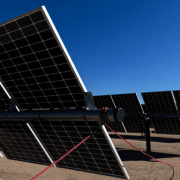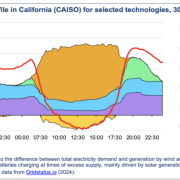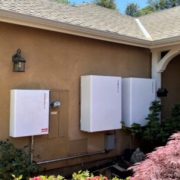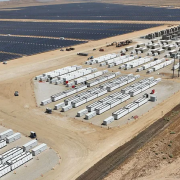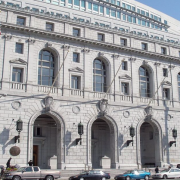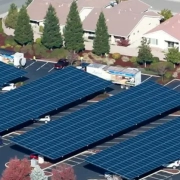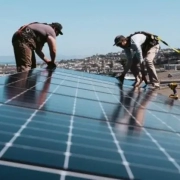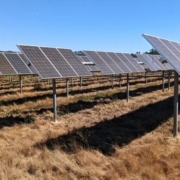Nearly 9 in 10 Californians believe solar customers should be fairly compensated for the power they sell back to the grid, and 85% say the state should be doing more to encourage solar adoption, according to new polling released today by Global Strategy Group (GSG), North Star, and the Solar Energy Industries Association (SEIA).
This broad consensus follows a series of decisions by state regulators that have hurt California’s solar industry, including a significant and rapid cut to compensation rates that solar customers receive for the unused power they sell back to the grid.
Californians overwhelmingly agree that more solar is good for the state’s economy and will save California families money. According to the poll, 84% of voters say that everyone benefits when more people go solar, and 79% don’t trust their utility to be honest about what is causing higher prices.
Click here to read the full article
Source: SEIA
—
If you have any questions or thoughts about the topic, feel free to contact us here or leave a comment below.

